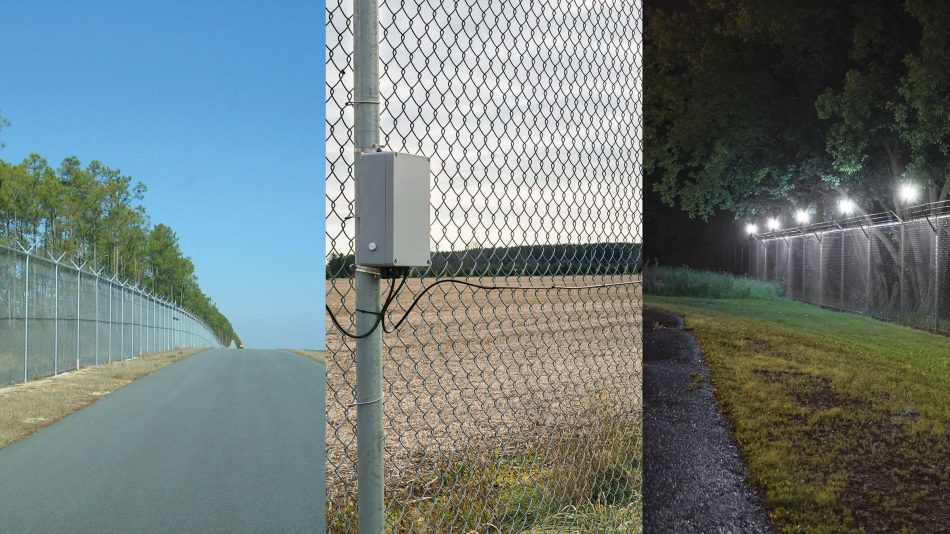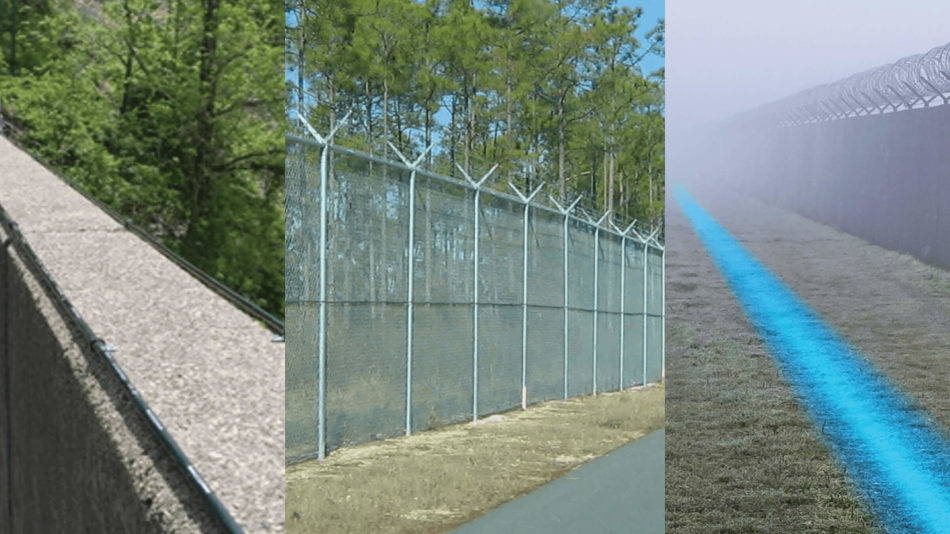How Security Fibers Are Used to Enhance the Effectiveness of Security Surveillance Networks
How Security Fibers Are Used to Enhance the Effectiveness of Security Surveillance Networks
Blog Article
Improve Your Safety With Advanced Fiber Optic Protection Systems
In an era where safety is extremely important, innovative fiber optic safety systems present an engaging solution for improving security across numerous settings. What ramifications do these advancements hold for future safety and security measures?
Advantages of Fiber Optic Safety And Security
Harnessing the advantages of fiber optic innovation dramatically enhances security systems across numerous applications. One of the key advantages is the boosted data transfer ability, permitting the transmission of large quantities of information at high rates. This is especially crucial for real-time video clip surveillance, where high-resolution feeds can be sent out without latency, guaranteeing immediate response capabilities.
Additionally, optical fiber exhibit remarkable resistance to electromagnetic interference, which is vital in atmospheres with potential signal disruptions. This dependability guarantees consistent efficiency in vital safety and security operations. Fiber optic cables are much less prone to tapping and unauthorized accessibility contrasted to traditional copper wiring, thereby boosting data honesty and confidentiality.
An additional noteworthy benefit is the sturdiness of fiber optic systems; they are much more resistant to ecological aspects such as dampness, temperature fluctuations, and corrosive compounds. This resilience equates to decrease maintenance prices and longer lifespans for safety installments.
Last but not least, the light-weight nature of fiber optic cables assists in much easier installation and directing, specifically in complicated frameworks (fiber optic security system). Eventually, the assimilation of fiber optic technology into safety and security systems not just strengthens protection steps however likewise enhances operational efficiency
Secret Attributes to Think About
When examining fiber optic protection systems, numerous essential attributes have to be considered to make certain ideal efficiency and efficiency. Examine the system's detection array and level of sensitivity; an extensive variety enables for keeping track of large locations, while high level of sensitivity makes certain that also small disturbances are spotted promptly.
Following, consider the integration capacities of the system. A fiber optic protection system must flawlessly user interface with existing safety and security steps such as cams and alarms, developing a natural security network.
Longevity and ecological resistance are also vital features. Make certain that the system is developed to stand up to harsh climate condition and prospective physical dangers, as this will extend its functional life expectancy.

Finally, check out the scalability of the system. A durable fiber optic security system need to be quickly expandable to fit future needs without substantial overhauls. By very carefully considering these features, you can pick a fiber optic safety and security solution that boosts safety and security and security in your setting.
Installment Process Introduction
To successfully apply a fiber optic security system, a systematic installation process is vital. This process begins with a thorough site analysis to establish the particular security requirements and to determine optimal areas for fiber optic cables and security tools. Following this assessment, the setup group will develop a comprehensive strategy, consisting of wire paths, essential equipment, and conformity with regional laws.
Next, the installation entails laying the fiber optic wires, helpful resources guaranteeing they are safeguarded from ecological aspects and physical damages. Correct handling techniques are important, as fiber optic cable televisions are delicate and can be conveniently damaged. After the cabling is mounted, adapters and terminations are carefully finished to make sure signal honesty.
The succeeding stage includes setting up protection devices such as cameras, activity detectors, and alarm, all incorporated with the fiber optic network. Strenuous screening is carried out to confirm that all parts are operating properly and to ensure optimal efficiency.

Comparing Fiber Optic to Conventional Equipments
The development of safety innovation has caused considerable developments in the comparison in between fiber optic systems and typical copper-based systems. Fiber optic systems use light to transfer data, supplying remarkable data transfer and speed contrasted to their copper equivalents. This leads to enhanced information transmission capabilities, making optical fiber suitable for high-resolution video security and real-time monitoring.
In addition, fiber optic cords are immune to electro-magnetic disturbance, decreasing the likelihood of signal deterioration triggered by external variables. This characteristic guarantees constant performance, also in challenging environments. In contrast, traditional copper systems are a lot more at risk to disturbance, causing possible susceptabilities in safety and security applications.
Sturdiness is another benefit of fiber optic systems. They are much less susceptible click resources to harm from environmental variables such as moisture and temperature level fluctuations, which can jeopardize copper circuitry. Fiber optics are lighter and thinner, enabling for simpler setup and minimized physical footprint.
However, standard systems have a tendency to have reduced initial costs, making them eye-catching for budget-conscious projects. While fiber optic systems may call for a greater upfront investment, their long-lasting advantages-- such as lower upkeep costs and higher dependability-- frequently outweigh the initial cost, placing them as a remarkable selection for modern-day security requirements.
Future Trends in Safety And Security Innovation
Emerging fads in security technology are poised to change the landscape of security and hazard discovery - fiber optic security find more information system. As companies increasingly deal with innovative dangers, technologies such as artificial knowledge (AI) and maker discovering (ML) are ending up being integral to safety systems. These innovations improve the ability of fiber optic systems by allowing real-time information evaluation, determining anomalies, and automating actions to prospective breaches
Additionally, the assimilation of the Internet of Points (IoT) is changing protection structures. IoT devices can give thorough situational recognition and promote seamless interaction between different protection components. This interconnectedness permits a lot more effective monitoring and faster occurrence reaction times.
Biometric authentication is additionally obtaining energy, providing a greater level of security through unique physical characteristics. As this technology progresses, it is likely to be included into fiber optic systems for improved gain access to control.
Conclusion
In conclusion, advanced fiber optic protection systems stand for a considerable advancement in safety and security innovation. The change from typical systems to fiber optic solutions shows a growing fad in the direction of more efficient and effective safety and security procedures in a progressively complex technical landscape.
Report this page